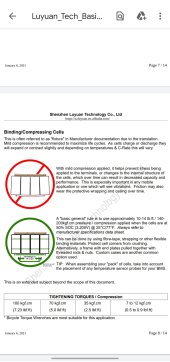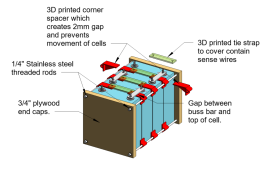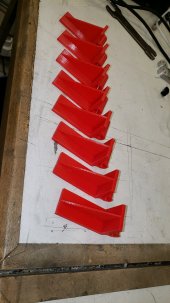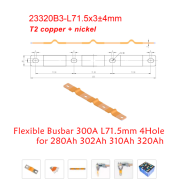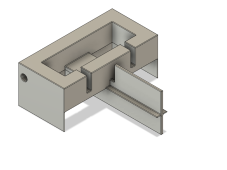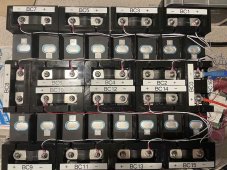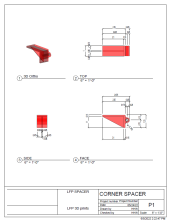D
Deleted member 9967
Guest
I just did what the instructions from Eve said to do. Reduce the SOC to about 20%. Then clamp the cells together using no force but just be firm and allow no movement. Now charge them up and they will provide their own clamping pressure.I’m of the belief that the corners of a prismatic cell normally Keep their shape and any bulging comes from the large flat sides, the weakest point, which would probably be the center of the cell. By using a full spacer pad, any expansion will have A place of resistance. I chose not to use a solid substrate because during expansion it may cause excessive resistance pressure (I believe usually from the center of the cell) But from everything I’ve read any pressure greater than 17 psi and any part of the cell may cause internal problems.
The correct soft “goldilocks silicone” spacer should meet all compression requirements, and be relatively easy to incorporate in a cell pack. I stated earlier…..to obtain 8psi resistance force, starting approximately 40-50% SOC. I intend to compress them 25% of their thickness, thereby their resistance to expansion of @1mm (according to the liquid silicone foam pad manufacture) will be well within the range of 17 psi resistance.
I know it is stupid to follow the instructions from the people that make the cells. But hey. That is how I am.
Thanks for the link by the way.
Much appreciated.



